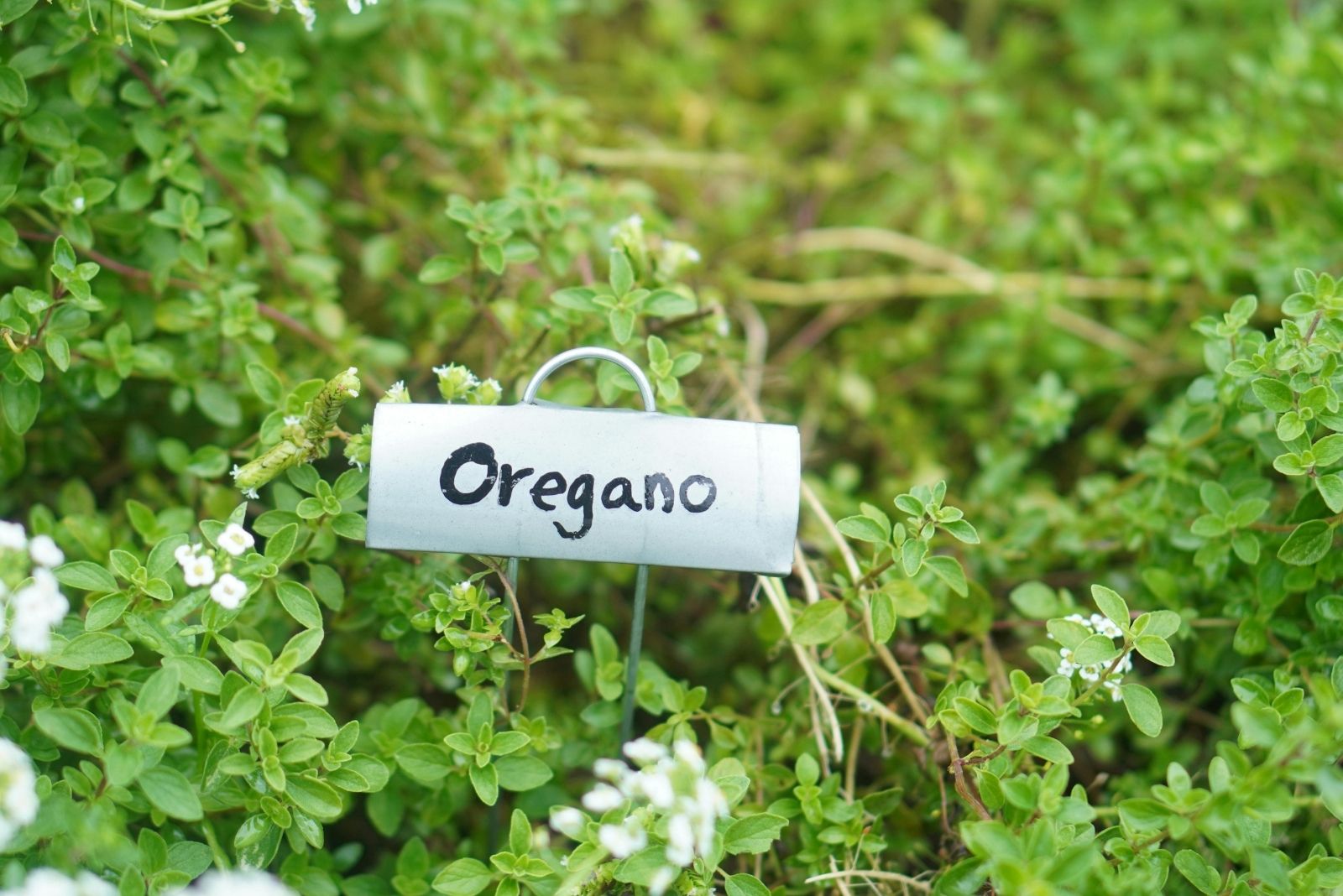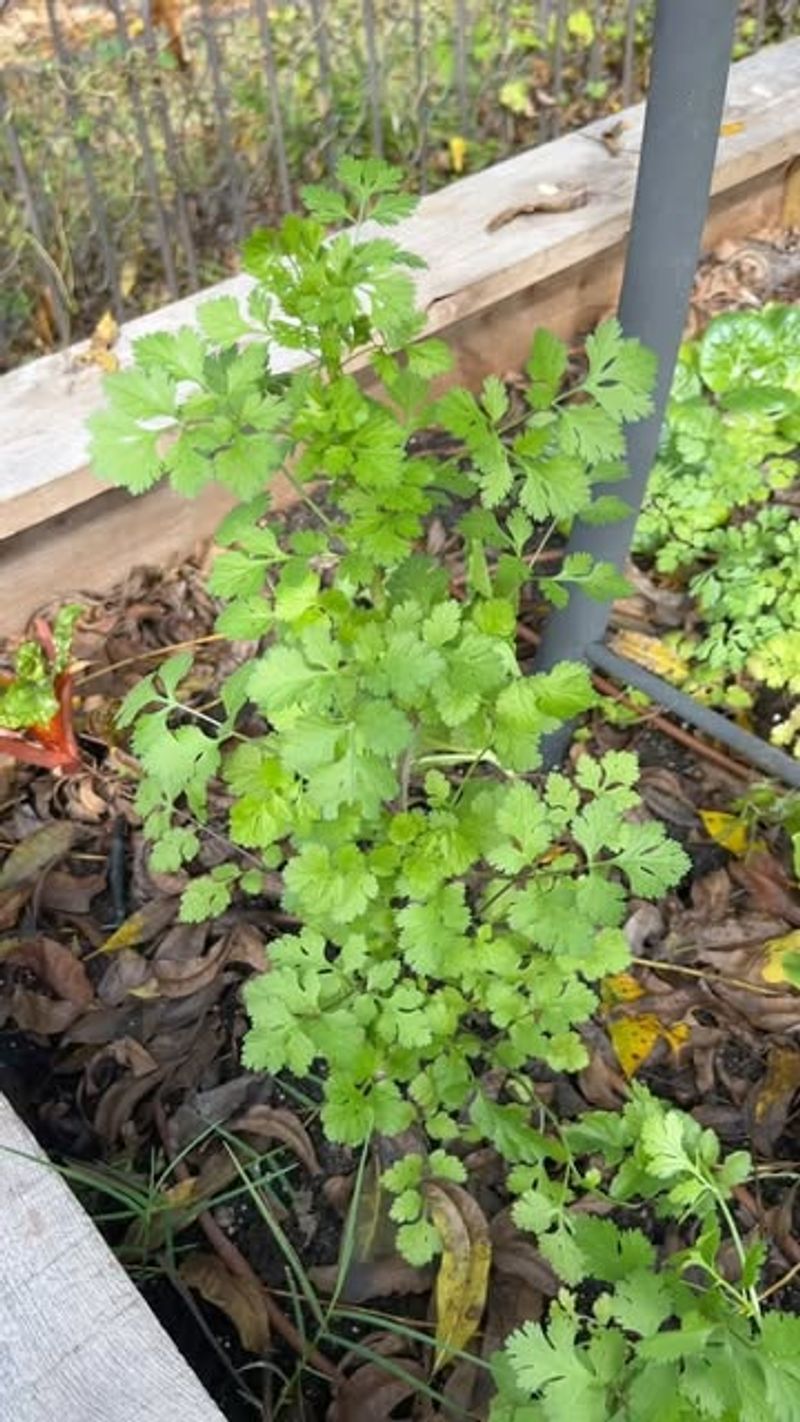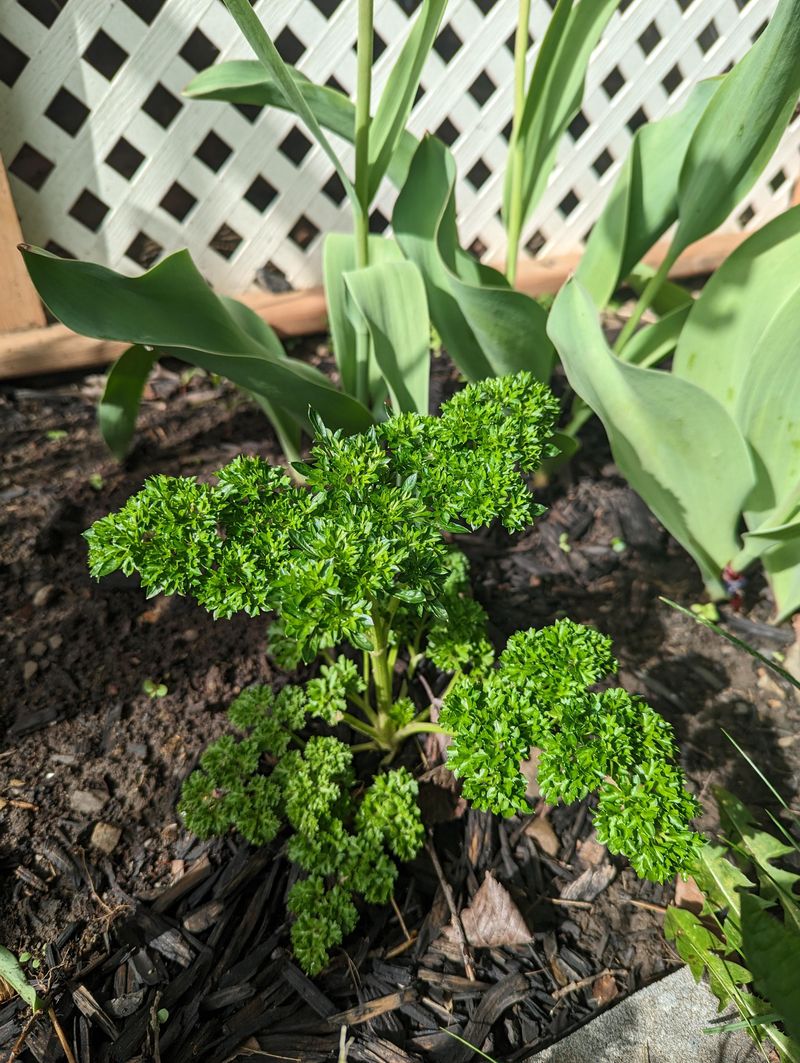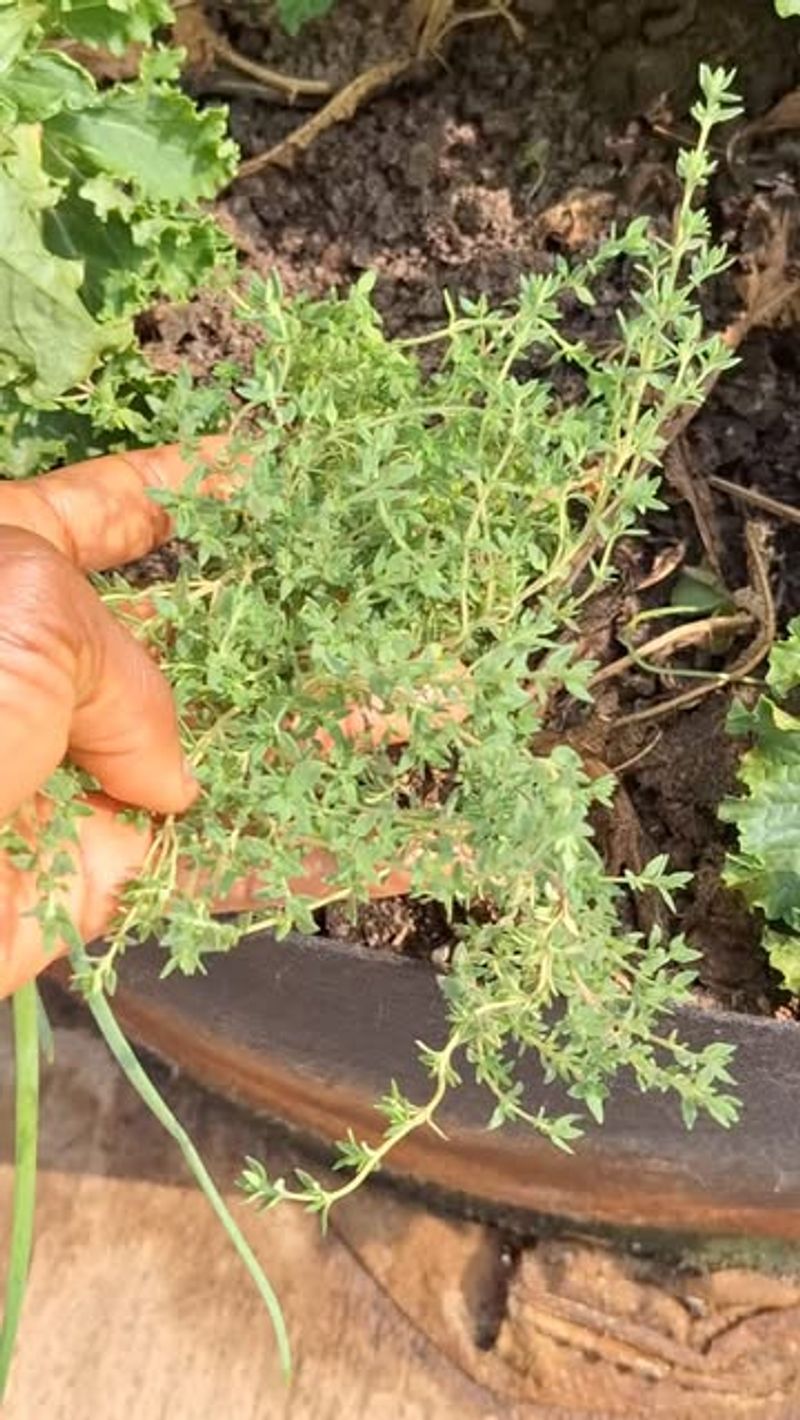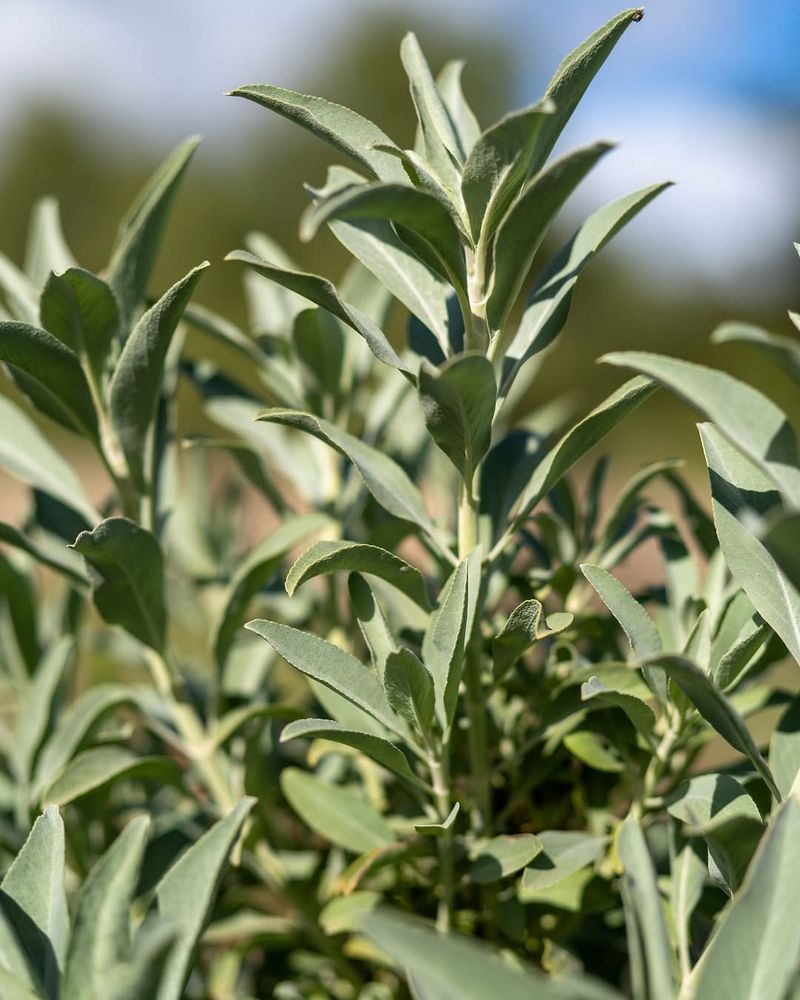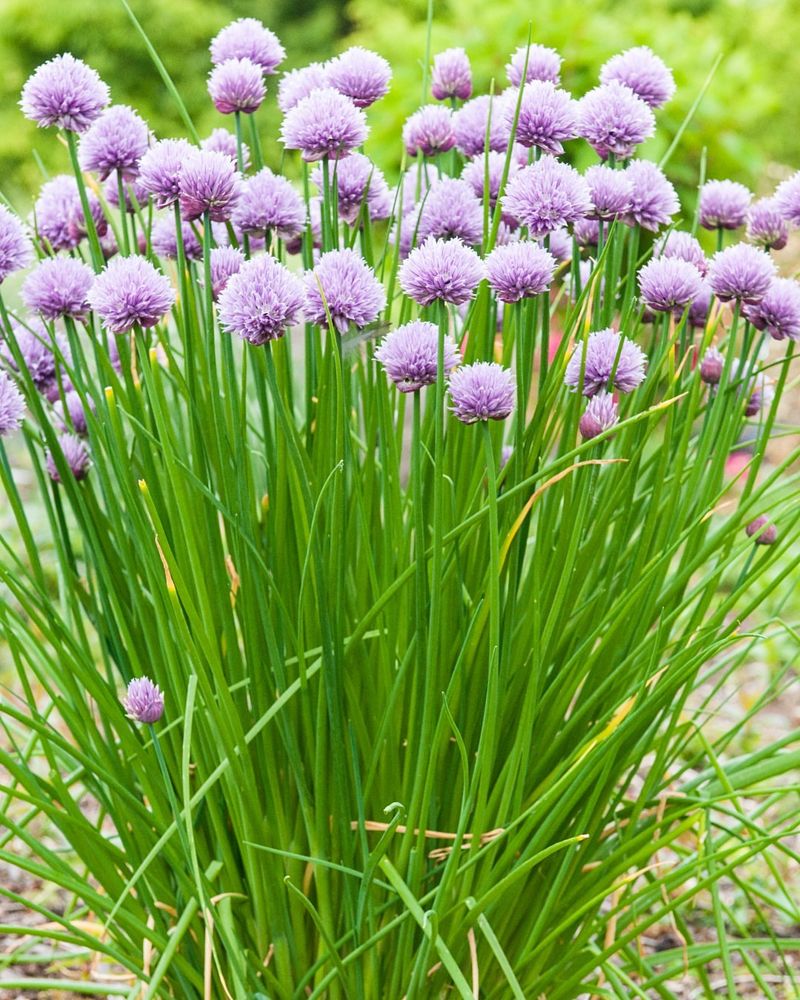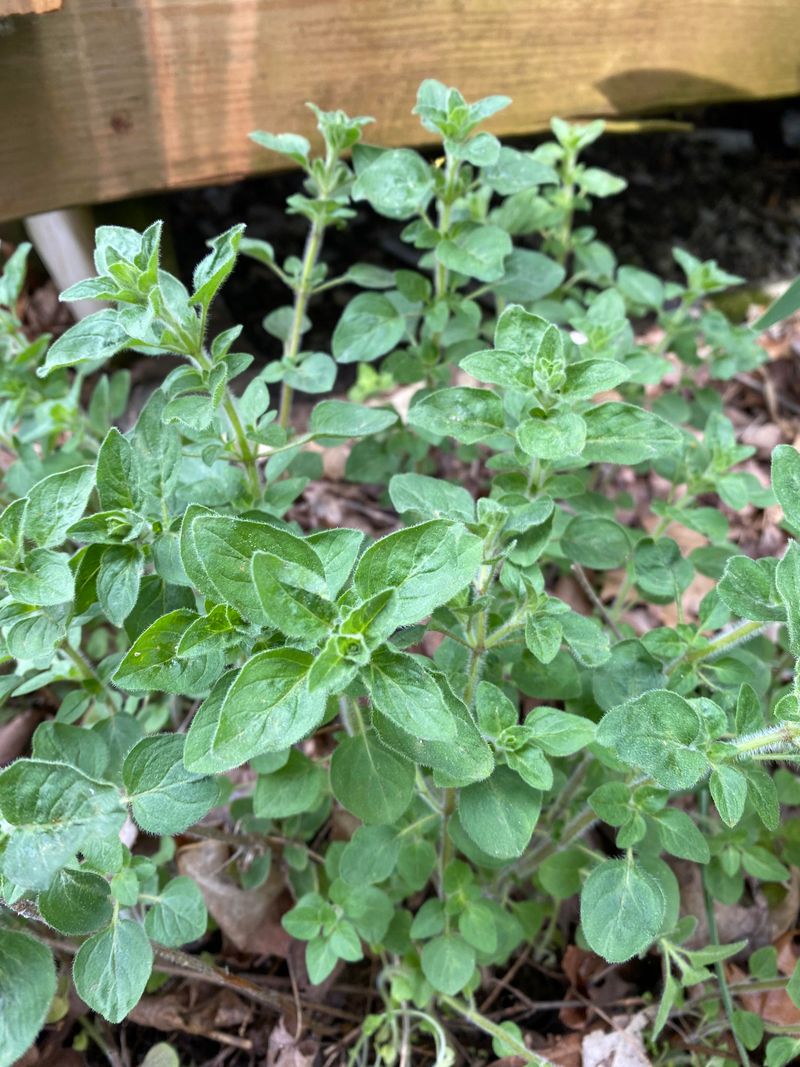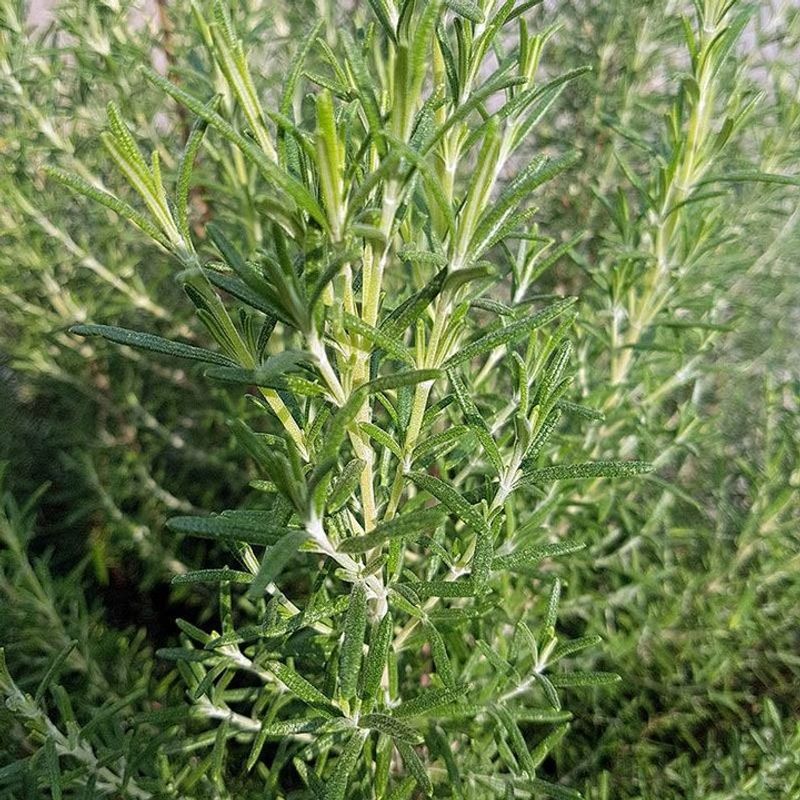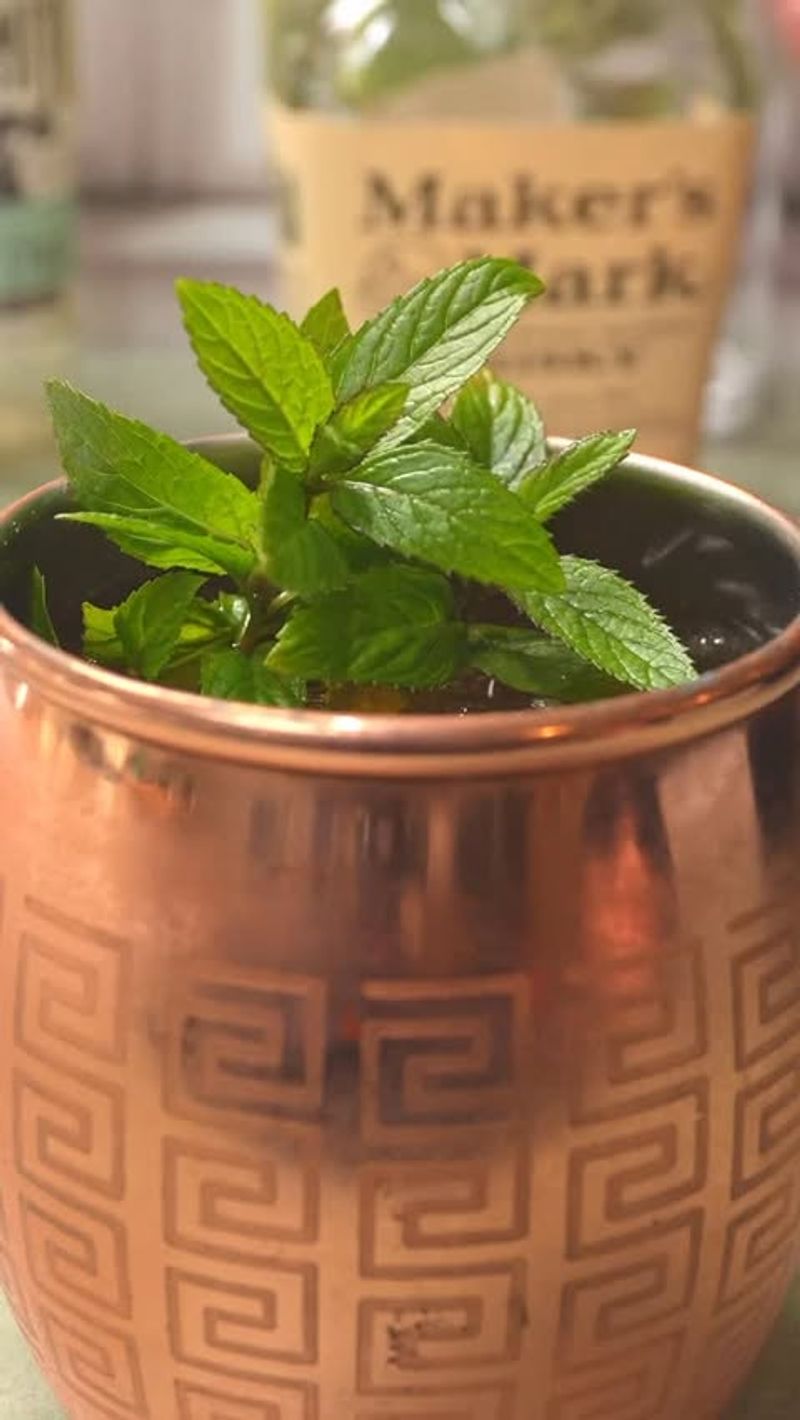Tennessee’s fall weather brings cooler nights and milder days, making it an ideal time to grow fresh herbs in your garden. While many plants start to slow down as temperatures drop, certain hardy herbs actually come alive during autumn months.
In my Tennessee garden, fall is when herbs surprise me most — thriving when most plants start slowing down. These resilient herbs can handle the changing conditions and keep your garden productive well into the season.
1. Cilantro
Cool weather brings out the best in this popular herb, which actually prefers Tennessee’s fall temperatures over summer heat. When nights dip into the 50s and days stay mild, cilantro grows faster and tastes better than any other season.
Water your plants consistently but avoid overwatering — the cooler soil holds moisture longer than summer ground. Harvest outer leaves frequently to encourage bushier growth and prevent early bolting.
Many Tennessee gardeners I know plant cilantro twice in fall because it grows so well. The flavor stays fresh and strong without that soapy taste some people complain about in hot-weather crops.
2. Parsley
Both curly and flat-leaf varieties handle Tennessee’s autumn frosts without flinching, continuing to produce fresh leaves even when other plants give up. This biennial herb actually gets sweeter after a light frost touches its leaves.
Mulch around the base with straw or shredded leaves to protect roots during sudden cold snaps. Snip stems from the outside of the plant, leaving the center growth point intact for continuous harvests.
In my experience, parsley planted in September will keep producing through Thanksgiving and sometimes into December. Local farmers’ market vendors often have parsley available long after tomatoes disappear.
3. Thyme
Tennessee’s fall weather perfectly suits this Mediterranean herb that despises humidity and heat. As September arrives and moisture levels drop, thyme finally thrives without the fungal problems that plague it during sticky summer months.
Plant in well-draining soil or raised beds, and cut back watering significantly once established. Trim stems regularly to maintain compact growth and prevent woody stems from taking over.
I’ve noticed thyme planted in fall develops stronger root systems than spring plantings. Tennessee winters rarely get cold enough to damage established thyme, so it often becomes a reliable perennial in local gardens.
4. Sage
Cooler temperatures bring out sage’s best growth without the stress of Tennessee’s brutal summer sun. This woody perennial actually prefers fall planting, giving roots time to establish before winter dormancy sets in.
Space plants at least 18 inches apart because sage spreads wider than most gardeners expect. Avoid overhead watering to prevent leaf spot, and prune lightly after the first frost to shape plants.
Tennessee’s moderate winters allow sage to stay semi-evergreen in most years. I’ve watched neighbors harvest fresh sage for Thanksgiving stuffing from plants they put in the ground just eight weeks earlier.
5. Chives
These onion-flavored herbs laugh at Tennessee’s fall temperatures, growing vigorously until hard freezes arrive. Chives planted in early September establish quickly and provide harvests within three weeks of planting.
Cut leaves down to two inches above soil level for the best regrowth and flavor. Divide clumps every few years to prevent overcrowding and maintain production.
What surprises most Tennessee gardeners is how chives survive winter and return each spring without any protection. The purple flowers that appear in spring attract beneficial insects, making them valuable beyond just culinary use in local gardens.
6. Oregano
Fall planting gives oregano time to develop strong roots before winter, and Tennessee’s climate suits this hardy perennial perfectly. Unlike basil and other tender herbs, oregano handles temperature swings and light frosts without damage.
Cut back stems by one-third in late October to encourage bushier spring growth. Plant in full sun with excellent drainage, as soggy soil causes more problems than cold weather ever will.
Greek and Italian varieties both perform well here, though I’ve found Greek oregano handles our occasional ice storms better. Many Tennessee gardeners rely on oregano as their most dependable perennial herb year after year.
7. Rosemary
Middle and western Tennessee gardeners can grow rosemary outdoors year-round, while eastern mountain regions might need winter protection. Fall planting allows this evergreen shrub to settle in before occasional cold snaps test its hardiness.
Choose upright varieties for easier harvesting and better air circulation. Water deeply but infrequently, letting soil dry between waterings to prevent root rot.
Rosemary planted against south-facing walls gets extra warmth and protection from north winds. I’ve seen established rosemary plants in Nashville survive single-digit temperatures without damage, though younger plants appreciate mulch around their base.
8. Mint
Tennessee’s fall weather slows mint’s aggressive spreading habit while keeping plants productive for fresh harvests. Cooler temperatures prevent the scorched leaves and stressed appearance that summer heat often causes.
Plant mint in containers to control its invasive nature, or sink pots into garden beds for a contained look. Trim back any flowering stems to direct energy into leaf production.
Chocolate mint and peppermint varieties handle Tennessee winters particularly well, dying back to the ground but returning vigorously each spring. Local gardeners often joke that the hardest part about growing mint is stopping it from taking over everything.

